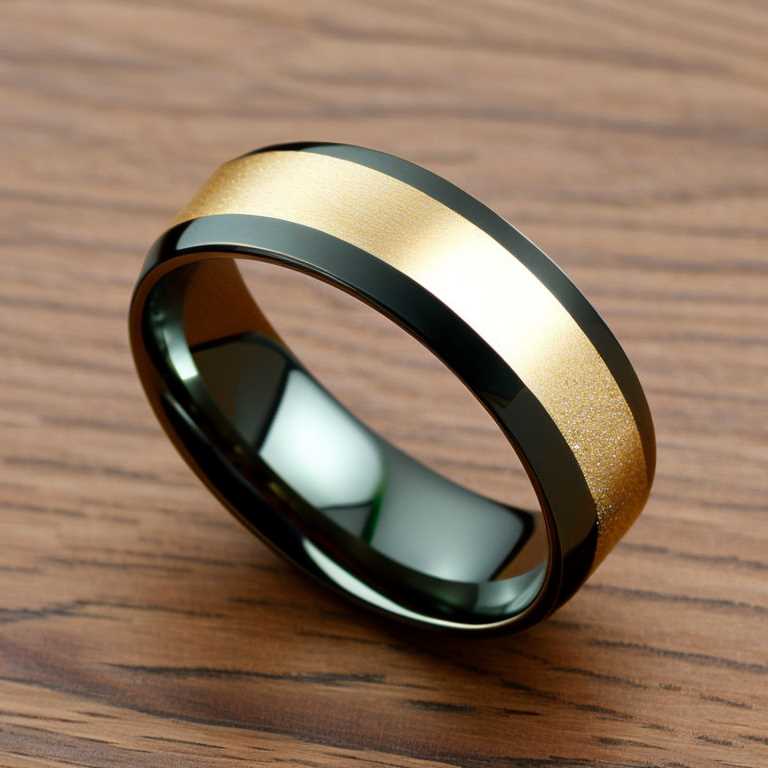
Wedding rings are one of the most ancient symbols of love and commitment between two partners. For centuries, wedding rings have been a symbol of unity and the binding of two souls together. However, the practice of wearing wedding rings is not as old as one might think. While women have been wearing wedding rings for thousands of years, the practice of men wearing wedding rings is relatively recent in the grand scheme of things. In this article, we will delve into the history of men wearing wedding rings, why they started wearing them, and their significance today.
The origins of wedding rings can be traced back to ancient times. In ancient Egypt, wedding rings were made of a variety of materials, including reeds and papyrus. These rings were a symbol of love and commitment, and they were worn on the fourth finger of the left hand. This tradition was carried on by the Romans, who also believed that the fourth finger of the left hand was connected directly to the heart. The Roman rings were typically made of iron or gold, and they were often carved with intricate designs.
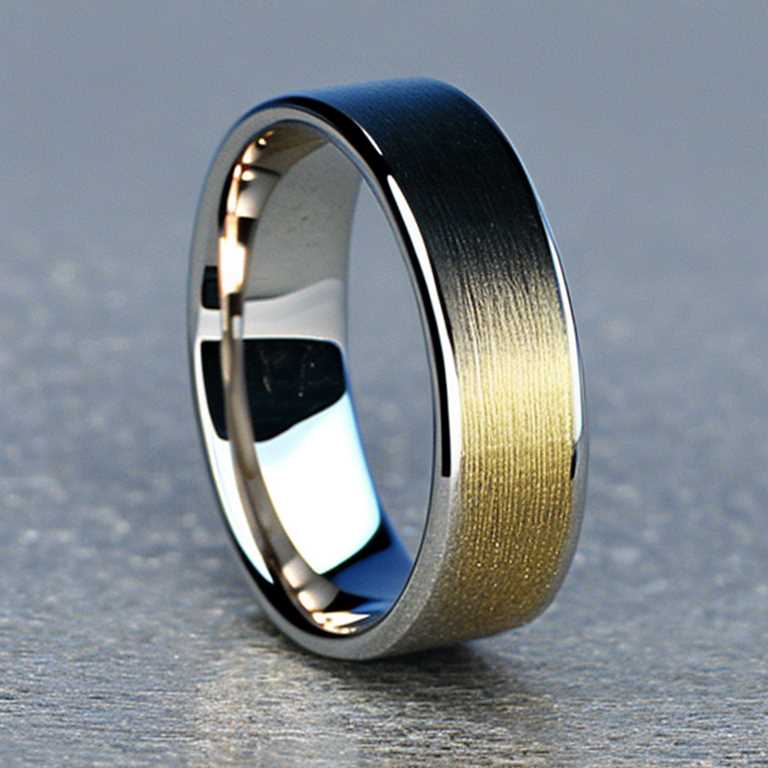
In the Western world, wedding rings for women became common in the Middle Ages. These rings were made of gold or silver and were often engraved with the couple’s names or initials. However, men did not typically wear wedding rings until much later. The practice of men wearing wedding rings did not gain widespread acceptance until the 1930s.
The shift towards men wearing wedding rings was driven by several factors. First and foremost, the idea of gender equality was starting to gain traction in the Western world. As more and more women were entering the workforce and pursuing careers, the traditional roles of men and women were beginning to blur. As a result, men wanted to find new ways to express their love and commitment to their partners.
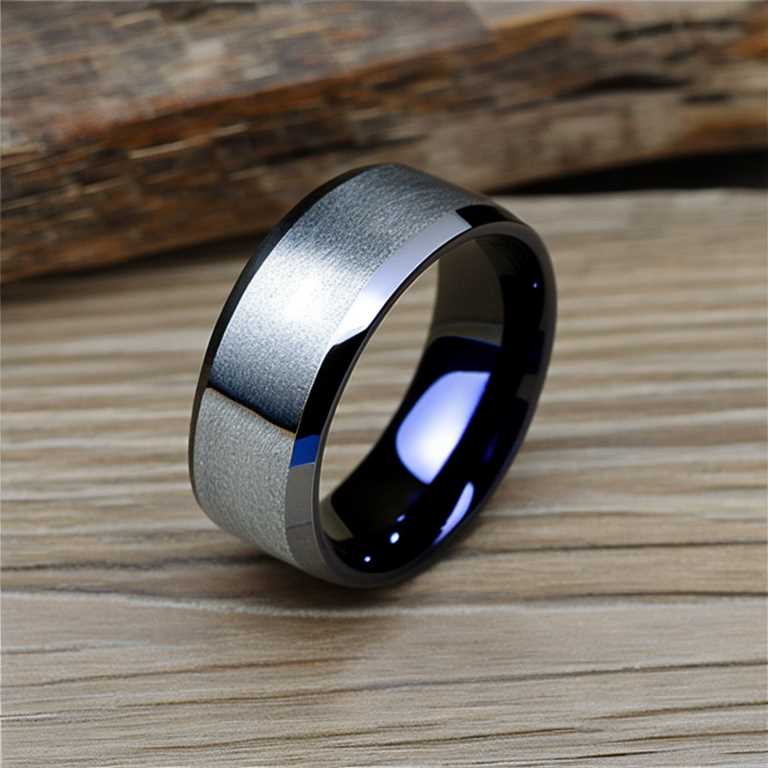
Another factor that contributed to the rise of men wearing wedding rings was practicality. In the early 20th century, it was becoming increasingly common for men to work in jobs that required them to be away from home for long periods of time. This made it difficult for people to know whether someone was married or not. Wearing a wedding ring was seen as a way to avoid confusion and promote unity.
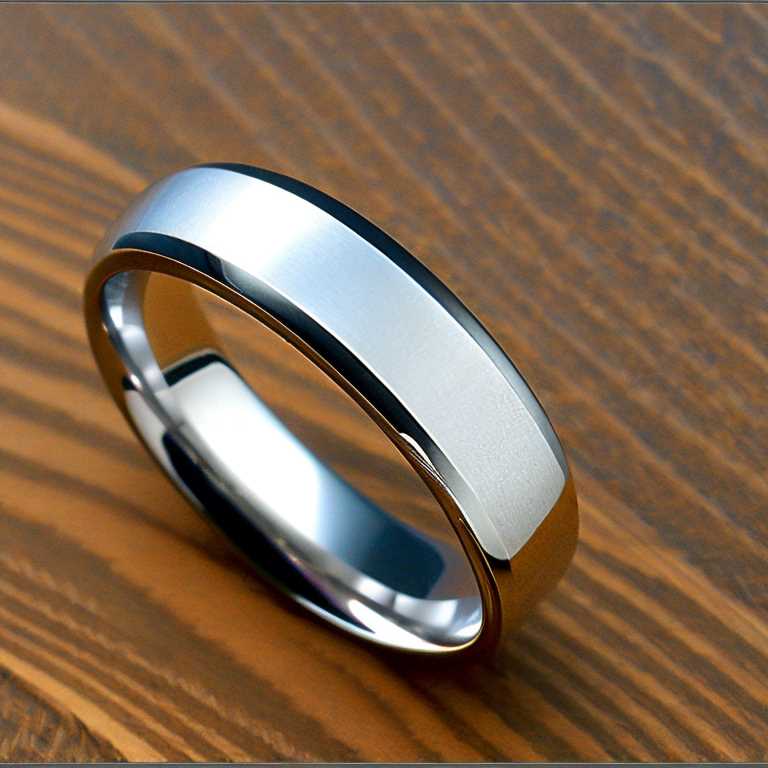
The practice of men wearing wedding rings gradually spread from the Western world to other countries and cultures. Today, the practice is common in many parts of the world, and it is no longer considered unusual for men to wear wedding rings.
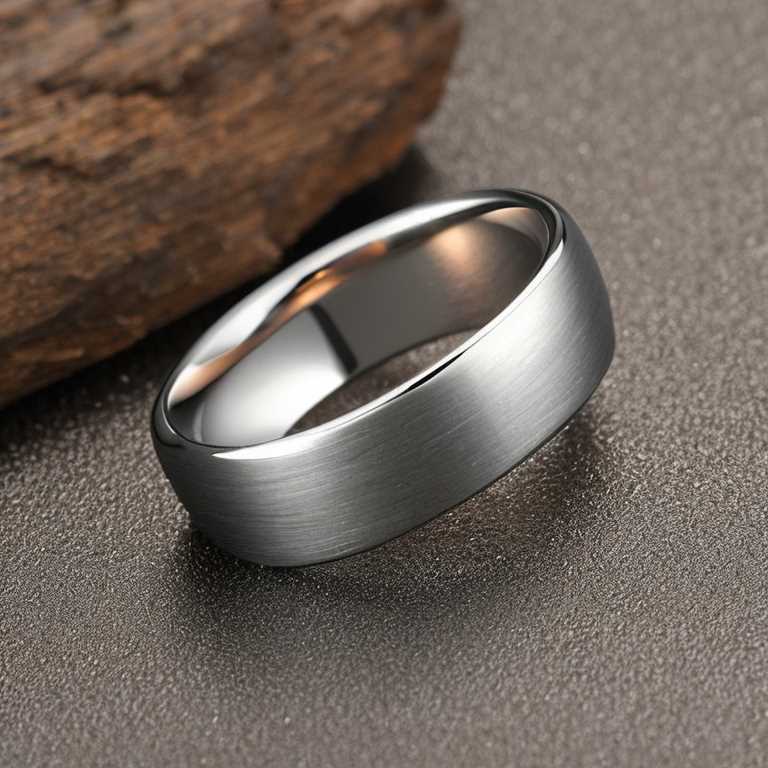
So why did men start wearing wedding rings in the first place? There are several reasons for this. First and foremost, wedding rings serve as a representation of love and commitment. By wearing a wedding ring, a man is signaling to the world that he is in a committed relationship and that he loves his partner deeply.
In addition to representing love and commitment, wedding rings are also a symbol of unity and equality. Today, the practice of men wearing wedding rings is seen as a way of promoting gender equality and breaking down traditional gender roles. By wearing a wedding ring, a man is saying that he is equal in his relationship with his partner and that he is willing to make the same commitment that she is making.

Finally, wedding rings are a personal and cultural choice. For many men, wearing a wedding ring is a way of expressing their individual style and personality. It is a way of telling the world who they are and what they stand for.
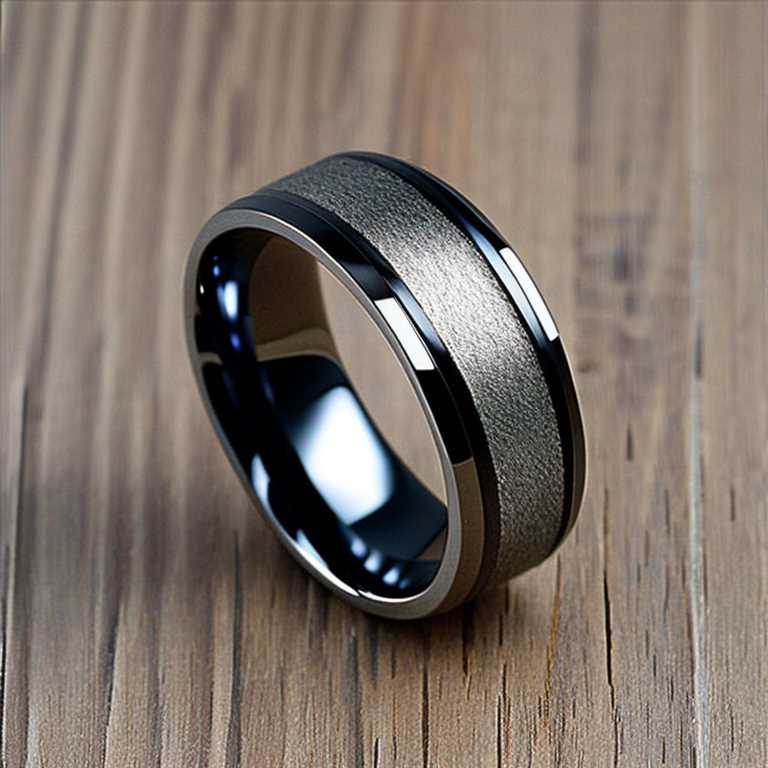
The significance of men wearing wedding rings today cannot be overstated. Wedding rings are a symbol of love, commitment, unity, and equality. They are a representation of the bond that exists between two partners, and they serve as a constant reminder of the love and commitment that they share.

Men started wearing wedding rings in the 1930s in the Western world. This practice was driven by the rise of gender equality and changing societal norms, as well as practical reasons such as avoiding confusion and promoting unity. Today, the significance of men wearing wedding rings is rooted in their representation of love, commitment, unity, and equality. It is a personal and cultural choice that serves as a constant reminder of the bond that exists between two partners. Wedding rings have a rich history and have evolved over time, but their importance in expressing love, commitment, and unity has remained constant throughout the centuries.
